Superstar R&B Artist Official Angello
Allister Amada Spoken Word Contest Winner
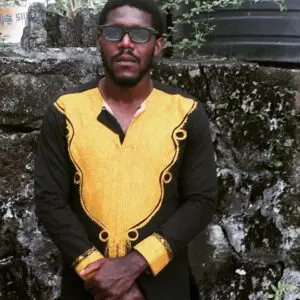
Winner
Lilian Langaigne contest winner
Jenson Mitchell aka Highroof Spirit Lead Spoken Word Piece

Ellington Nathan Purcell aka “Ello”
A must watch Spoken Word

Colorism in the Caribbean describes discrimination based on skin tone, or skin Color.
Colorism is described as “Prejudice or discrimination against individuals with a dark skin tone, typically among people of the same ethnic or racial group. The coining of the term “colorism” is commonly attributed to American Alice Walker in her 1983 book, In Search of Our Mothers’ Gardens: Womanist Prose. Colorism is a global phenomenon, which affects communities of color all over the world. However, histories of slavery and colonialism have resulted in the prominence of colorism within diasporic black communities, including the Caribbean, where millions of African individuals were shipped during the Atlantic slave trade.
In the mid16th century, European explorers claimed various Caribbean islands and brought over African slaves to work sugar plantations. The racially diverse environment of the Caribbean, due to slavery and colonization, led to “racial mixing” between Europeans and Africans. Due to the fact that many racially mixed individuals aka “mulattoes,” were the children of White plantation owners whose parents were raped, some in the most inhumane way possible, gained privileges that their darker complexed peers did not have such as: legal status, land ownership, and education. The preferential treatment mulattoes received, combined with idea of White supremacy and Black inferiority promoted by colonial settlers, fostered the notion within the communities of color that lighter skin is more attractive and favorable. This can also be considered as part of the Legacy of Slavery which is deeply embedded in our DNA and reinforced throughout social media.
To Americans, the Caribbean usually evokes ideas of colorful felicity. It is seen as a realm of tropical delight only occasionally troubled by social upheaval. Central to this image is the notion that the Caribbean enjoy harmony and practice tolerance among manifold races, colors and creeds. To the outside world, Caribbean race relations are often termed exemplary. Local governments industriously promote this impression to attract foreign investments, to emphasize social progress and to vaunt their achievements. Most Caribbean islands proclaim, “ One People, One Nation; We aspire Build advance; Out of many, One People “ but is it really as proclaimed?
Is there Colorism in Grenada?
Of course, there is . . .
The good news is the dynamics of divisive attitudes is shifting towards melding. The complicating factors in Grenadian society is a class brownocracy based on old families, East Indian permeation into class divisions, and the town and country polarities apparent in some preferential attitudes.
Skin color determines social class; but it is not an exclusive determinant. There are many fair-skinned persons who are not upper class, and many dark-skinned persons who are. The real divisions of the society are the horizontal ones of social class rather than the vertical ones of color identification.
This article will focus on the Origin of Colorism.
Racism holds power and many people, some of those who classify themselves as White and some of those who classify themselves as Black have much invested in it. The biggest investors in the concept of racism lies with those people who see a value in the divisions of categorization. They are a powerful and elite group who control our economy. These People continue to group others into their own pre-misconception; some in that group, insisting on seeing the Others in a demeaning way.
Observation
Personal observation growing up in Gouyave, attending St. John’s Christian Secondary school and on multiple trips while on vacation, leads me to form the opinion that discrimination is focused in the perception of class and privilege, not to speak of the very real divisions of Grenadians based on the same class and privilege. This division of privilege and class seems more prevalent than what I observed since immigrating to the United States. Granted, this may be because Grenada is small, and one can easily observe the compressed example of the class and privilege division.
I see people of all shades in Grenada – no matter class or privilege. One just has to visit Mt. Moritz and some of the so-called upper-class areas as in Ft. Judy and Grand Anse. Granted, there is race-based discrimination in Grenada, but the division of class and privilege takes priority in a major way. The social structure of Grenada appears to show the tilting of bias towards the lower classes, especially the darker skinned and residing in the country areas, but isn’t that how things go?
Consider this quotation from Sir Walter Rodney of Guyana in 1969:
. . . what we most object to is the current image of a multi-racial society living in harmony, that is a myth designed to justify the exploitation suffered by the blackest of our population, at the hands of the lighter-skinned groups.
Gairy and Black Power
It is in all probability that racism did not play as large a role in the Bishop Government than racism did during the Gairy regime. Gairy made the charge as far back as 1951 that in the Grenada civil service the doors were closed to dark-skinned Grenadians. Gairy loved to scoff at the young intellectuals who thought they had discovered Black Power. The man Gairy himself went on the radio May 3rd and 4th in 1970 with a speech titled “Black Power in Grenada. Gairy’s speech occurred after the February – April 1970 ‘February Movement’ in Trinidad with its line of continuity extending from the United States Black Power Movement. Gairy seemed to bear a special animus against the Browns, whom he characterized as crossbreeds, incorporating the worst features of White and Black. Gairy knew the Garveyite Movement and its impact it had on Grenada. Gairy was of the Working Class. Eric Mathew Gairy unwittingly made a huge difference in relation to Black Power. His example was a fact of the power of Blacks and the working class, but his concept of Black Power was not the consciousness of the Black Power Movement which makes a significant difference.
The Black Liberation Movement
Black Power carried more assumptions than supposing the movement was solely based on skin color. The Black Power movement was about shifting the ‘one-drop’ theory of blackness from a negative to positive position. Once people truly got into their spirit that ‘Black is Beautiful’ and all that phrase meant, they began to sound the alarm bells to the guardians of White Power. A changed in attitude and world view sent a loud message to the self-perpetuating elite of Caribbean governments and Neo-colonial society that playing the race card was a way to define class divisions and that just wasn’t going to work anymore.
The leaders and writings of the Black Power movements in the United States, from 1955-1975, carried assumptions that were anti-capitalist, anti-class division and anti-imperialist. This was a massive multi-racial U.S. Left – the Student Non-Violent Coordinating Committee (SNCC), Congress of Racial Equality (CORE), Students for a Democratic Society (SDS), the Socialist Workers Party (SWP), the Black Panthers, for example. World-wide, the struggle for liberation of the peoples of Mozambique, Angola, Guinea-Bissau and other African countries was in process as portrayed in many of the music of that era. For example, Bob Marley in many of his lyrics. (check out, “Top Rankin”).
The U.S. Civil Rights Movement was part of a Black liberation movement which was part of the world movement for national liberation and social revolution. The subject, Black Power, and its role in the Caribbean demands another article and continued research.
Grenadian Working Conditions
In the history of Grenada of the 1940s, according to Brizan, this is how race matters were:
“To be socially acceptable one had to have either fair skin, straight hair and ‘good looks’, or a reasonable amount of wealth. Blacks, who for the most part had ‘bad’ hair and ‘bad’ looks, and those who were poor, were socially ostracized and consigned to the lowest social strata.” One was to know one’s place.
If you were a ‘country-bookie,’ as the description goes, you most likely worked the land, had minimal education, barely eeked out a living wage, and were predominantly dark-skinned. If you were ‘in town’ and owned a business with a healthy income and you were generally better educated, you most likely were part of the lighter skinned ‘elite.’ The Urbanites seemed to form a clique. They seemed to make or aid in government decisions. Many felt the city sophisticates held the power.
Social stratification was pronounced; certainly in 1965 when M.G. Smith wrote his book “Stratification in Grenada.” Smith wrote:
“We can define the basic cleavage in Grenadian society as that between the majority who are black, mainly rural, ill-housed, ill-educated, poor, of low status, and who have a ‘folk culture’, and a small majority who are of light of mixed pigment, mainly urban, having fair housing, education, wealth, and so forth. I shall describe the ‘illiterate’ majority as the ‘folk’ and the minority as the ‘elite’.”
Brizan goes on to describe conditions under which the working class labored around 1940.
Fundamental contradictions existed between the life of the laborer and that of the main employers of labor: employers’ extravagance opposed to employees’ poverty; employers’ general literacy opposed to employees’ illiteracy; many social activities for employers opposed to few for employees; employers’ master-image, and laborer’s subservience (an attempt to prolong the slave-planter syndrome); upper-class prestige opposed to working-class degradation; employers owned most of the wealth and enjoyed all social privileges as opposed to workers’ exploitation and state of social atrophy; employers developed a superiority complex by virtue of their education, their money and, at times, even their physical appearance, while, lacking these, workers developed an inferiority complex.
Grenada’s 1951 social disruption was led by Eric Gairy, President-General of the GMMWU. Brizan makes this observation:
Both the Governor and E.W. Baltrop considered the crisis as not simply a labor dispute, but a social revolution, with unpredictable repercussions. The class structure of Grenada had been overturned; for the first time in its history, the Blacks had successfully asserted themselves and successfully revolted against their status of ‘peonage’.
NJM Emergence
Maurice Bishop and his allies upheld, within their view of Grenada, the country’s history of oppression in a close combination with Black Power concepts. There may have been contradictions within the reality of the NJM, but the rhetoric was pure.
Grenada’s racism went deeper than the plantocracy’s reaction; it was a class reality practiced by the Colored middle class as well as the White Elite. Out of this thinking came the concept of the hierarchies inherent in a ‘brownocracy’ – the ‘if you’re brown, stick around’ sense of things. ‘High brown’ was considered, by some, as elite. ‘Light, bright or damned near white,’ is a phrase from an old saying. ‘Brown man’ politics was the name of the game.
Discussing Racism
As with discussions of racism anywhere else in the world, including the United States, the delineation between shades becomes a finely tuned concern of some people, especially on a small island like Grenada with a colonial history that includes slavery. Race has played a monumental role in human history and racial difference has played its part in Grenada’s story. Even popular fiction set in Grenada, such as Alec Waugh’s ‘Island In the Sun,’ captured the issue of ‘color’ in its novel form and in the subsequent Darryl Zanuck motion picture.
Words describing racial characteristics take on fluid meanings, according to time and circumstance. For example, V.S. Naipaul uses the words “white, fusty, musty, dusty, tea, coffee, cocoa, light black, dark black” in his book “The Middle Passage.” Words are often loaded with explosive implications. One can use the words as derived from a purely etymological basis – the origin of the word. One can use the words derived with historical socio/political implications. One can use the words related to current socio/political implications.
One Blood
Even the use of the seemingly sensible phrase ‘people-of-color’ is loaded with the connotation that this is a European phrase used to exclude the rest of humanity. Using the one-drop rule, all Grenadians are of mixed race. Within Grenada, one can find a representative type of almost every race on earth.
Grenada, from as early as the 18th Century, has had racial populations that span a range of skin color from pale white to blue-black. Grenada also has a history of varying ethnic and cultural identities; European, African, East Indian, Pakistani, Caribbean Indian, Far Eastern, to name a few. Grenada is also home to people who ascribe to religious identities that surpass race – Rastafarian, for example.
Working with The Words
One thing we can do, in the Grenadian context, is to work with words others have used. The word and color ‘red’ has often been associated with persons having European ancestries in Grenada; whereas in Jamaica, the word and color used is ‘brown.’ In America, there is an older tradition of using the word and color ‘yellow’ or ‘high yaller’. In Grenadian society, the aim of some was to be of ‘high color’ or marry into ‘high color’.
‘White Creole’ used in the Grenada context does not match its meaning in the history of Haiti, for example. ‘Colored’ also has varying meanings. We all know the derogatory words used towards Africans and the history of those words.
Because many Grenadians believe, even subconsciously, in the concept of the one-drop rule, there has developed what is called an attitude of ‘brownocracy’, a kind of ‘pigmentocracy’. The belief is held by some that the lighter one’s skin is [and the ‘better’ one’s hair], the rank of that person in society is higher. In 1974, one critic referred to those attending independence conferences and aligned with the University of the West Indies as Afro-Saxons.
On the other hand, one does see, among some ‘redskins’ and ‘reds’ in Grenada an attempt to identify themselves as African because they themselves believe in the one-drop rule, even though they may look Caucasian. They uphold that the one-drop rule preserves a proud African ancestry, no matter how remote or undetectable, and consequently that they hold a specific cultural character. A premium is put on being African in some youthful circles; whereas in the old days, a premium may have been predominant on being Caucasian.
A core sense of inferiority is a predictable by-product of the one-drop rule. Grenadians may divide society into skin-tone sub-subgroups. The process of delineating people into higher to lower groupings may be bred into their bones, so to speak, under the pressure of the prevailing culture. You have to be carefully taught, but not outright. As elsewhere, like in the United States, if you’re white, you’re right; if you’re black, stand back; if you’re brown, stick around. You are taught this as a young child and the clues around your world tell you this is so.
SKIN BLEACHING
Skin Bleaching is the process of using cosmetic, homemade or dermatological concoctions for the purpose of lightening one’s skin. Skin bleaching has global commercial appeal as seen by the sale of products such as: “Skin So White,” “White Perfect,” and “White and Lovely.” These products are mostly sold outside the US, in places like the Caribbean, African countries, India, and others. Many scholars theorize that the phenomenon known as, Skin bleaching, is a product of the preference for lighter skin in communities of color. Some studies show that since slavery, lighter skin has been treated more favorably than dark skin in colonized communities therefore, people of color have been motivated to bleach their skin.
Skin bleaching, according to some medical research, causes fragile skin, bad scarring, poor wound healing and possibly cancer. For this reason, countries in which bleaching is popular have attempted various means to cease the use of bleaching creams and other products. Jamaica, banned several bleaching creams, dolled out fines for their usage, and ran a campaign “Don’t Kill the Skin,” where police raided various vendors of bleaching products. However, as skin bleaching products are easily homemade, bleaching prevailed the government’s attempts.
The skin bleaching epidemic is growing like wildfire especially in Jamaica. Those who bleach often are called, “Bleachers. ” It occurs so much because, darker Jamaican women want to feel “beautiful,” and wanted; not only by a significant other but by the workforce.There is a documentary called, “Skin Bleaching in Jamaica June 2013,” in this video journalist went around Jamaica interviewing different women, asking them why they bleached and its harmful effects to their bodies. One lady said, “When your black nobody sees you, when your brown then they will see you.”
Grenada
More and more Grenadians, especially our Young Women are now “Skin Bleaching”
Skin bleaching reduces the concentration or production of melanin in the skin. Melanin is a pigment produced by cells called melanocytes. The amount of melanin in your skin is mostly determined by genetics. Hormones, sunlight, and certain chemicals also affect melanin production. When you apply a skin bleaching product to the skin, such as hydroquinone, it decreases the number of melanocytes in your skin. This can result in lighter skin and a more even appearance to the skin. Some skin bleaching creams made outside of the United States have been linked to mercury toxicity. Mercury has been banned as an ingredient in skin lightening products in the United States, but products made in other countries still contain mercury.
Signs and symptoms of Skin Bleaching include:
•Dark grey spots
•Skin cancer
•Acne
•Swelling of the skin
•Thinning of the skin
•Cataracts
•Setting down of fat on face, chest, upper back and stomach
•Increase in appetite and weight gain
•Osteoporosis
•Neurological and kidney damage due to high level of mercury used in the creams
•Psychiatric disorders
•Severe birth defects
•Asthma
•Liver damage
Some of these side effects are visible almost immediately while some are visible after prolonged use of skin whitening creams. Many countries are now banning these products. The Ivory Coast banned lightening creams (also referred to as “whitening” creams) because of the negative health effects associated with them ranging from something as light as acne to devastating repercussions such as cancer. Lightening creams reduce the amount of melanin in the skin. Dark-skinned people have more melanin in their skin compared to fair-skinned people which they should be proud of especially because of its benefits.
Conclusion
This isn’t just a “Caribbean thing”. You will find this everywhere the doctrine of white supremacy has been taught. That’s found in the four corners of the world. I was very surprised when I was told that this is prominent in my homeland of Grenada. It is most prominent in Jamaica where men and women are bleaching their skin because they were taught that their skin just wasn’t good enough (dem ah bleach, dem ah bleach out deh skin). You can find this in African nations where beauty corporations like Dove, which is White owned, make billions trying to convince and persuade black women that they simply aren’t beautiful enough until they lighten their skin. 77% of Nigerian women bleach their skin. It is said that one out of three bleach their skin in South Africa. Here in the United States, light skinned Black actresses are given the parts in Hollywood, while darker sisters must fight to get parts and recognition. If one loves watching television, one will be bombarded with advertisement though subtle at times yet influencing the viewer of White Supremacy.
So, what is going on in this world? All these people were fine the way their Creator made them. What’s wrong is that where White Supremacy failed to be defeated, you get Colorism among Blacks and people of Color. White Supremacy taught them that they had to be different. They must bleach their skin to be better.
It occurred in our own home. Back in the mid 80’s, my sister Cheryl was dating a very dark-skinned brother at church and our mom who is light skinned was livid. I was somewhere in the house when she scolded my sister for dating this dark-skinned brother. Our mom stated, “ all these light skin brothers at church, you chose to date this black guy?” This affected me for years in that I only dated light skinned sisters. This attitude changed when I decided to grow my locks.
We as Black people or people of Color must be proud of who we are. We must be interested in learning about our history and the legacy of colonialism. We must pick up a book and read. It’s not all about being consumers and being entertained. We must also be willing to learn about our story not theirs.
References:
2001-2020 by Ann Elizabeth Wilder
23 Comments
Upcoming Posts
Dave Chappelle Grenadian Roots
Shervone Neckles
Grand Etang Lake
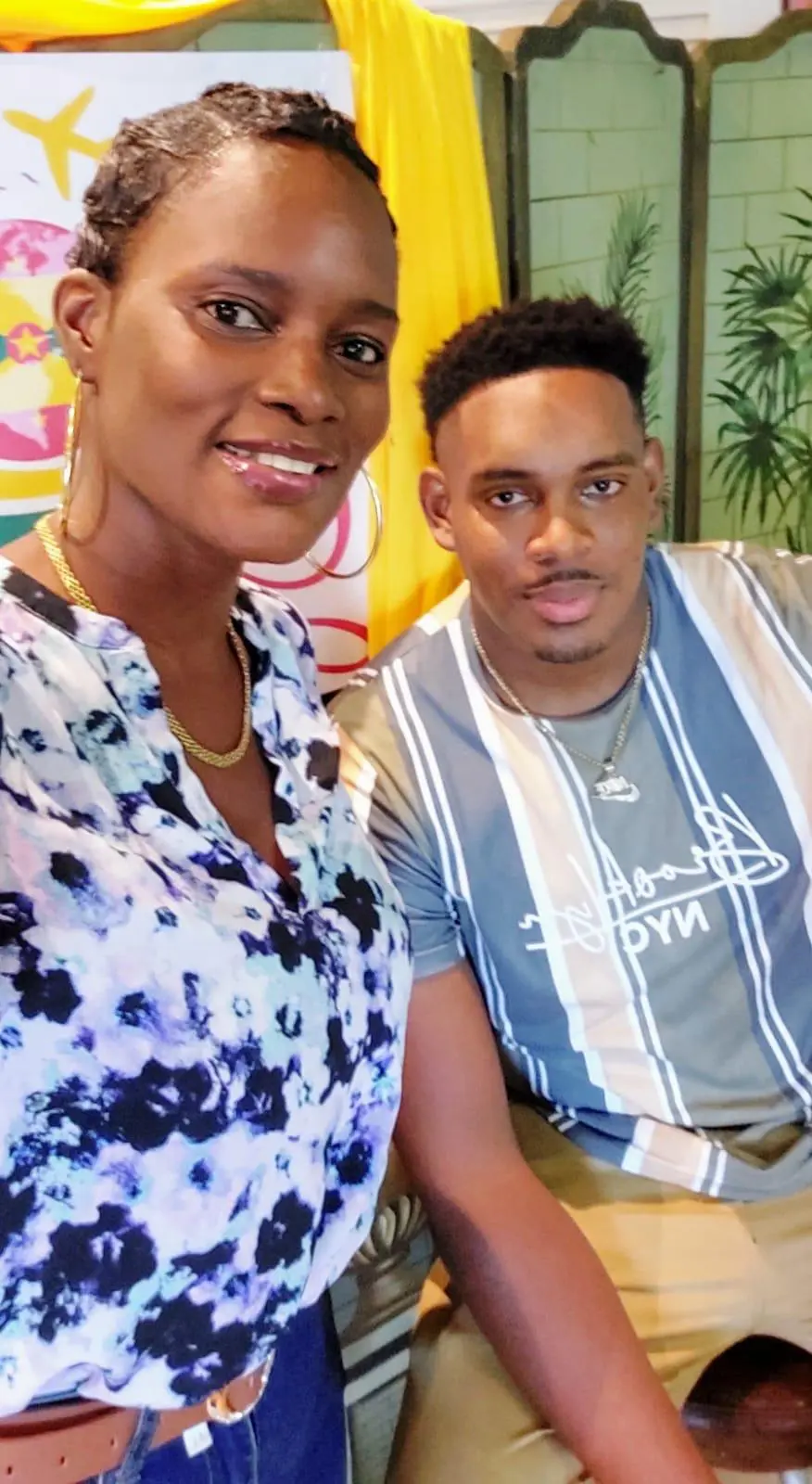

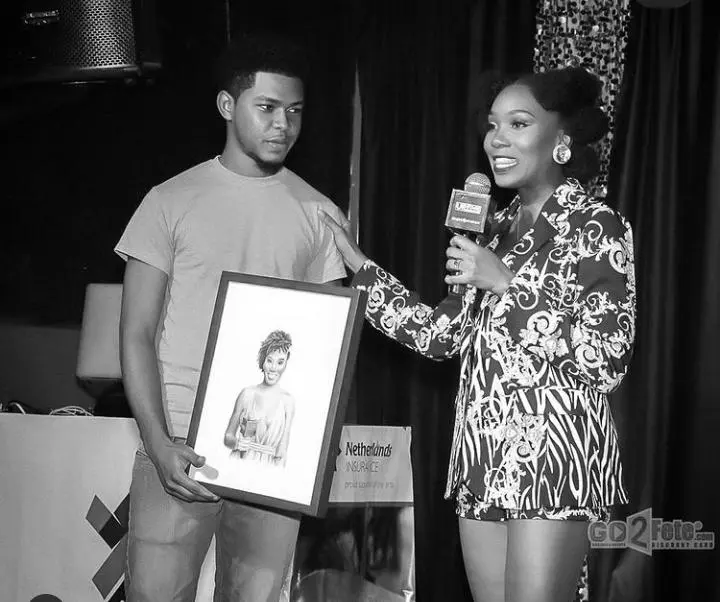
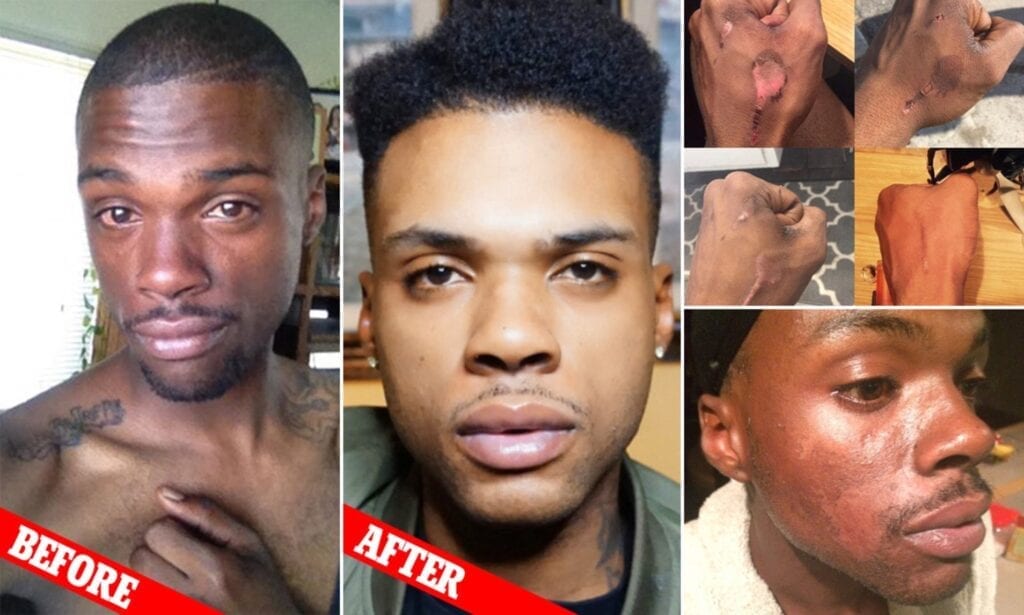

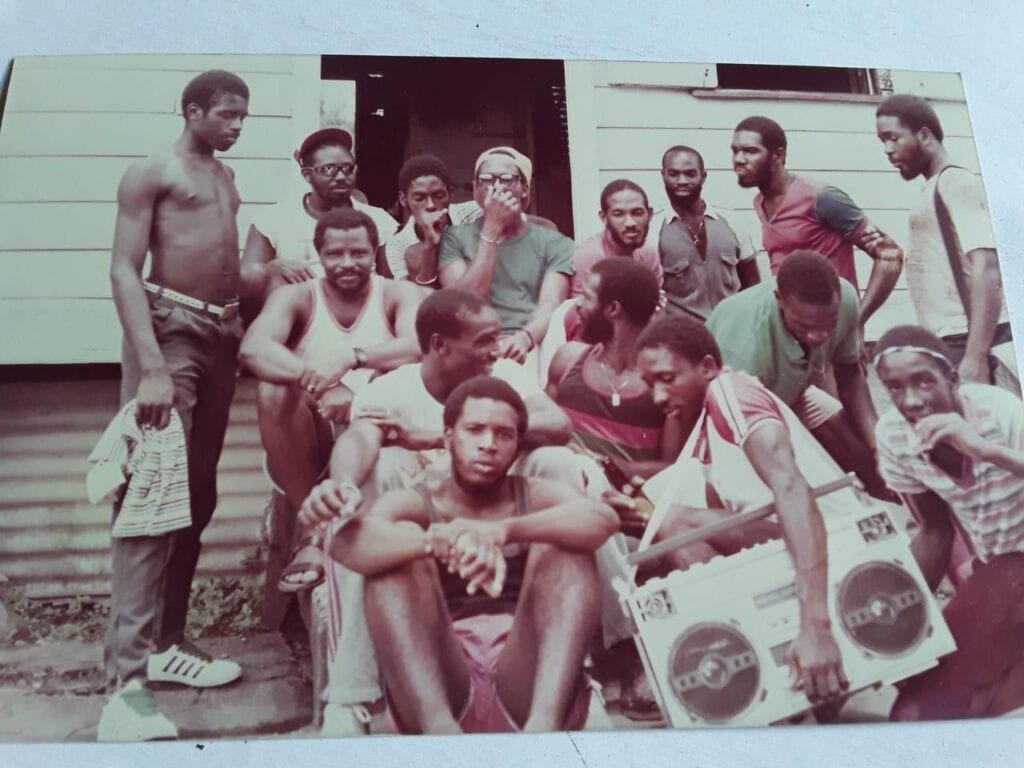
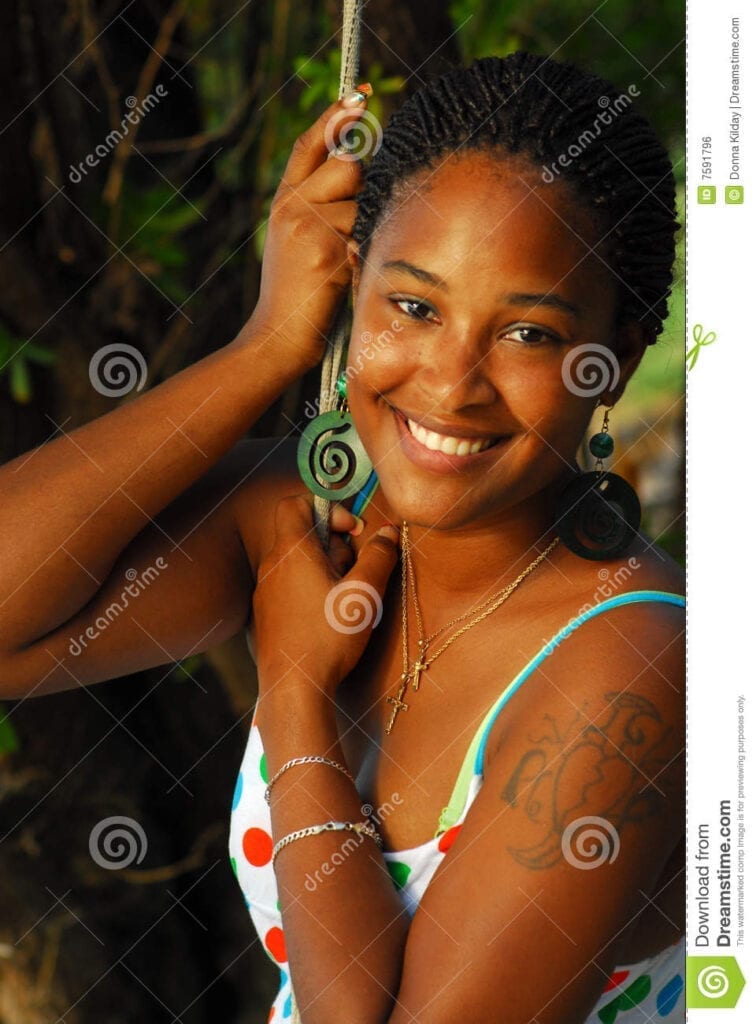
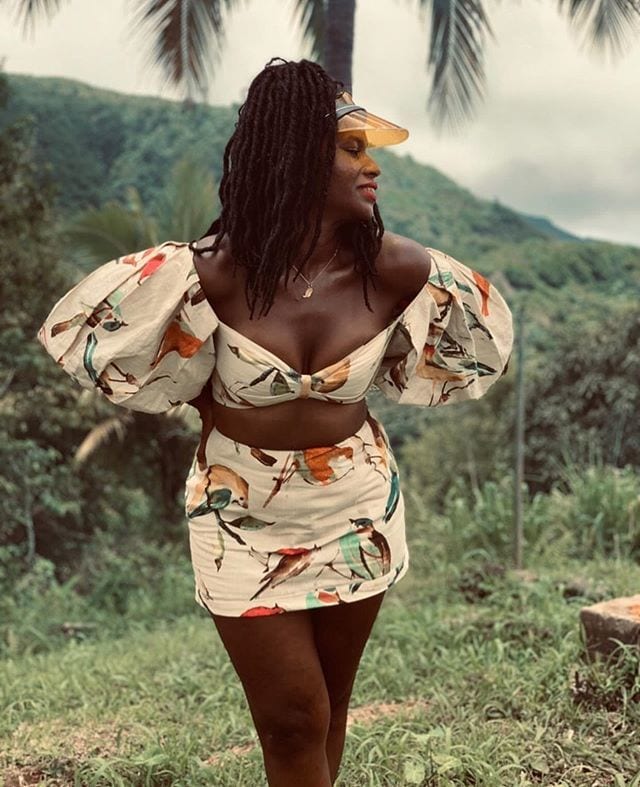
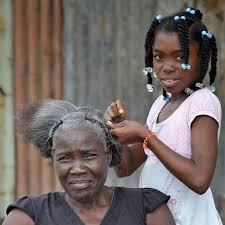
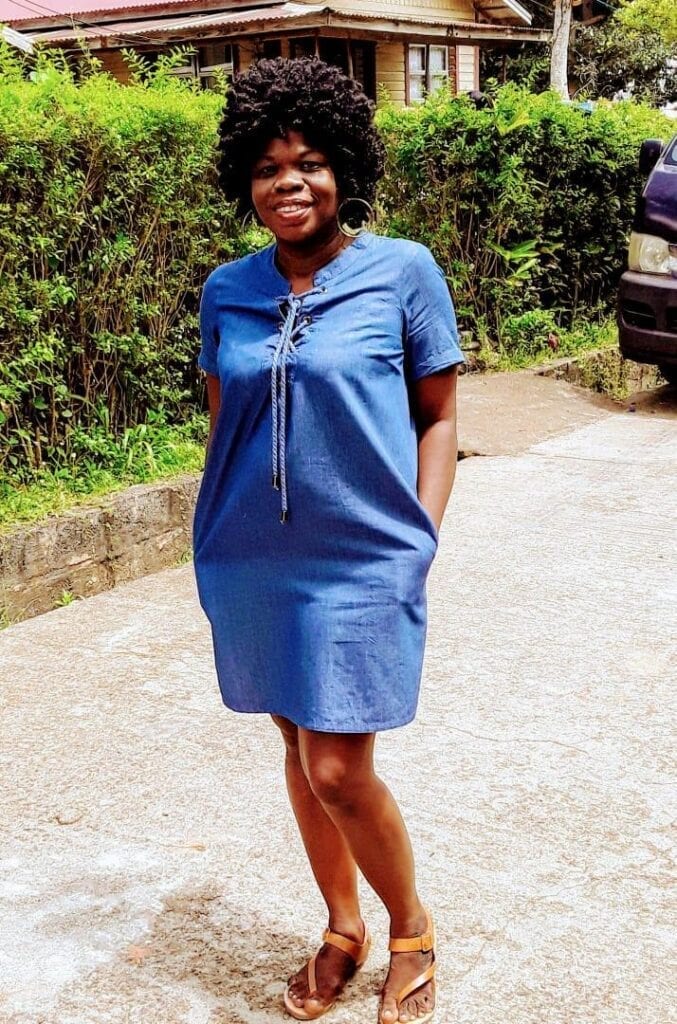
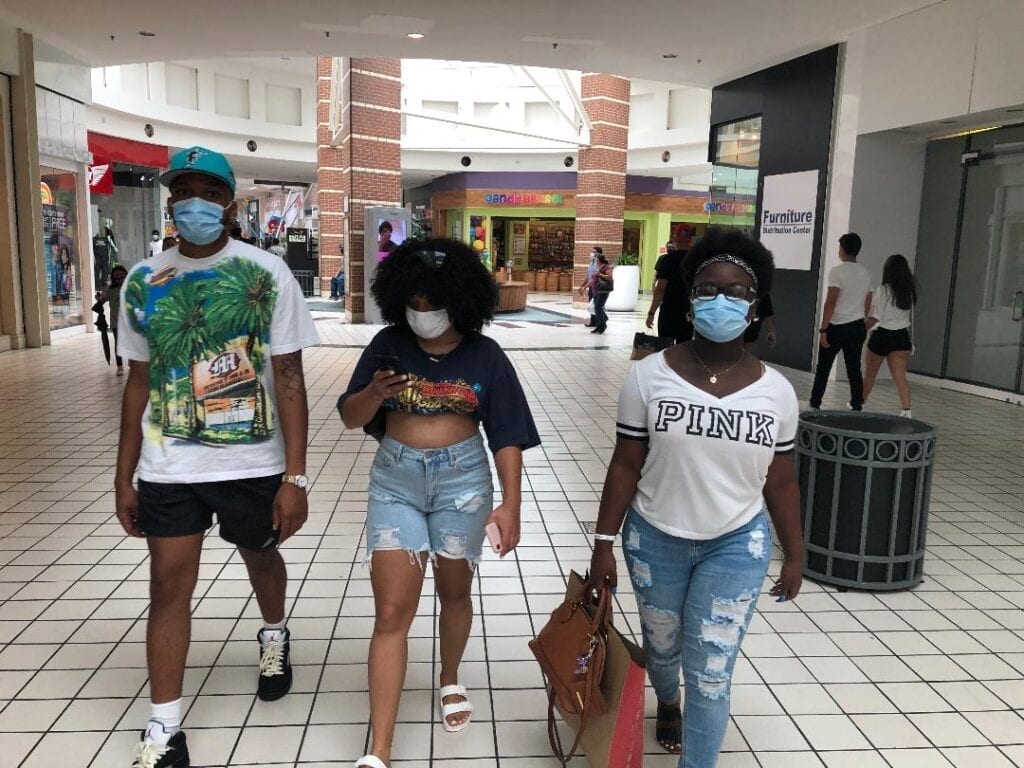
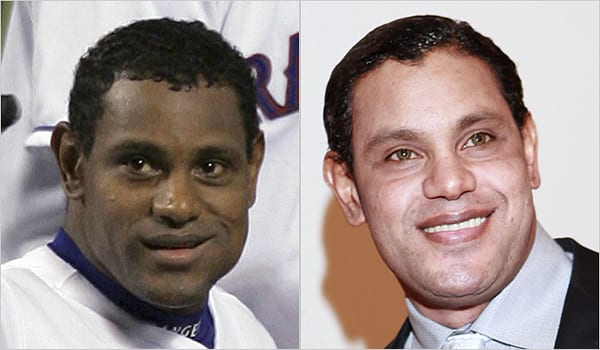

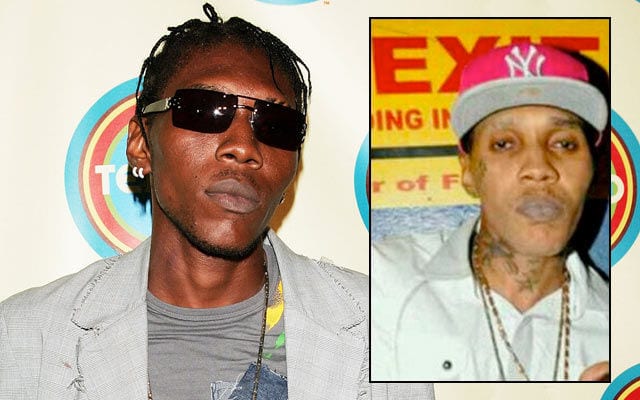

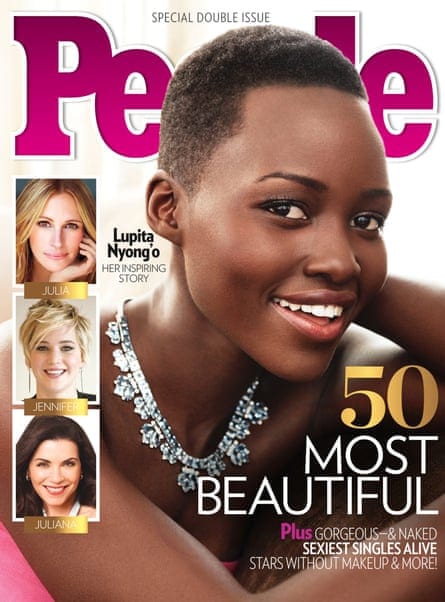
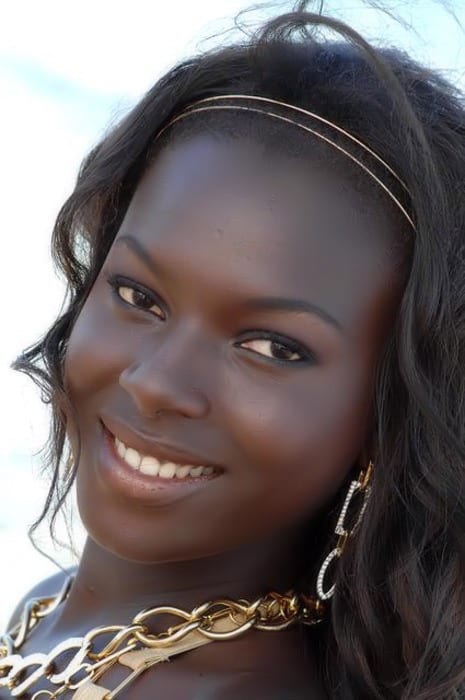

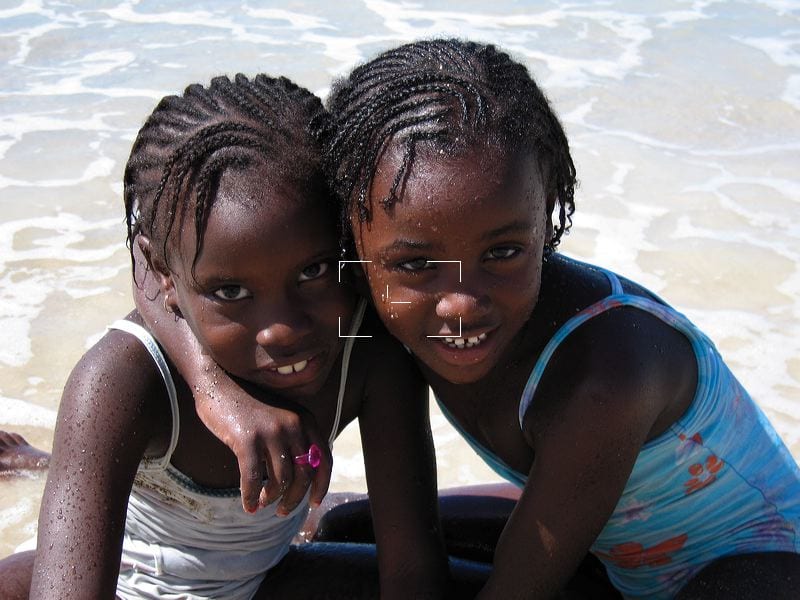


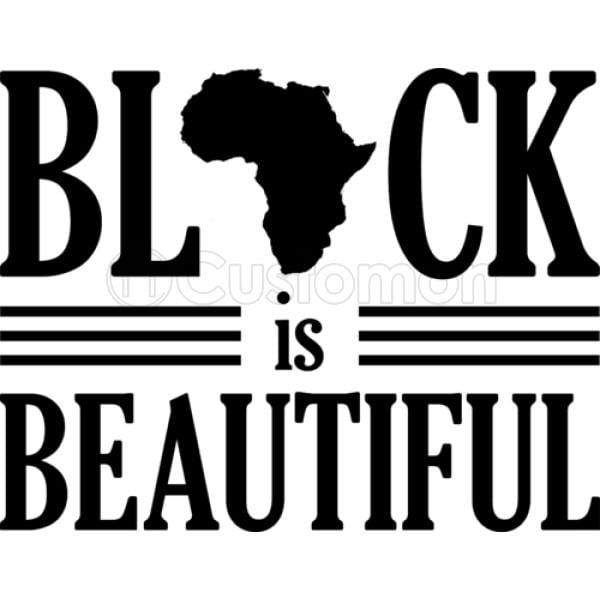
This article reveals how much self hate that still exists today. we need to lose from the strong hold of ignorance and educate ourselves and change the false concept of who we are .
Reading this article on Skin Bleaching has flushed my mind with so many memories. Although I love the new wave of self love among our people, and I’m seeing more and more of us are embracing who we are, it’s still too prevalent! Yet, we are still being affected on a daily basis. I’m looking forward to the day when the entire world will embrace us as the beautiful people we are – a people who God has made in all different shades.
This is very deep.
Black is beautiful and darker people want to bleach and some of us light skins wants to tan to appear darker. We are comfortable with the skin that we are in. Melanin and pigmentation shouldn’t the tamoered with the long run side effects will have us looking likes ghosts pretty soon. But on a hold we need to start being proud. Black is truly beautiful ❤❤
very informational, thank you
This is not just Deep, this is Reality. I’m a very dark Black man and I experience discrimination almost everyday. As this article so eloquently projects, this discrimination comes from my very own brothers and sisters. This girl told me as a child that I’m too Black to sit next to her at Sunday school. That messed me up for a long time. This Slavery really fucked us up. The bad thing is that it continues this very day.
Well, I’m fair skin and I must admit that I’m happy that I’m brown skin. I avoided most of my life from dating dark girls until I fell in love with my wife. She’s a hot dark skin from Trinidad and I love my dark Chocolate. That’s her nickname.
I’ve never heard of Colorism before but I know of it’s effects. I’ve experienced it. I believe that most people of color has experienced it one way or another. We must eradicate its effects from among us knowing that it’s a construct to divide and destroy us.
I know of Grenadians who bleached their skin so this is on point. I must admit that the process looks painful but when I saw this one girl couple years later, she looked better but i would never bleach even though I’m darker than she was. I’m very proud of my dark skin.
Hey, I know first hand myself about Colorism. I’m darn skinned and my wife is very light skinned and we both learned that to get things done, she has to be in the forefront. The bad thing is that this strategy we developed is across the board. It doesn’t matter if we’re talking about doing business with Caucasian or Blacks. They both treat her differently than they do me. Many times they’re surprised when they see us together after the transaction is completed because I remove myself until she gives me the signal.
This article does a really good job of highlighting the issues of colorism in Grenada and by extension the rest of the Caribbean. I believe it is important that we do our best to encourage our brothers and sisters so that they will learn to accept themselves for who they are. Black is beautiful!
Yes I believe this Colourism is affecting even our young children. I will never forget that day when I overheard a discussion from a group of students from the Anglican High School. It was apparent that someone that are of a lighter complexion was to be the centre of the conversation. However, the only words I heard was “for a red girl she is too stupid” yes we must find a way to get to our little black boys and girls and try to instill in their minds that they are as beautiful as they see themselves. It is said that before you can love someone you must first love yourself.
Yes
Growing up in Grenada, we had unwritten laws pertaining to Colorism. If you’re dark skinned, you know that you can’t work in a bank etc. At least, not up front. I know about Colorism. My family is high light skinned and we got the preferential treatment while growing up in Grenada and I loved it to be honest.
Everyone is talking about this website and Colorism so here I am making a comment.
I know about Colorism and Racism even though I’m Caucasian.
My husband is from Grenada and very dark but has a British accent. He can get things done via the phone but in person, I have to do all the work.
We take vacation quite frequently but when we visit Grenada, y’all don’t treat him right at all. Again, if he’s making reservations over the phone, fine but when y’all see him in person, y’all treat him terrible.
I’m amazed that y’all practice the same thing that was done to y’all among y’all now that’s INSANE.
Well researched and delivered piece.
Highly descriptive article, I enjoyed that bit. Will there be a part 2?
My homepage :: sex
I have family members that were dark skin, then they bleach there skin to appear light skinned
Great blog here! Also your site loads up fast! What host are you using?
Can I get your affiliate link in your host? I wish
my website loaded up as fast as yours lol
This website was… how do you say it? Relevant!!
Finally I have found something that helped me. Many thanks!
Here is my homepage xmovies
I’m amazed, I have to admit. Rarely do I come across a blog that’s both equally educative and interesting, and let me tell you, you have hit the nail on the head. The issue is something which not enough folks are speaking intelligently about. Now i’m very happy I found this in my search for something regarding this.
A big thank you for your blog.Really thank you! Want more.
… [Trackback]
[…] Here you will find 2218 additional Information on that Topic: iamgrenada.com/colorism-in-grenada-and-the-caribbean/ […]